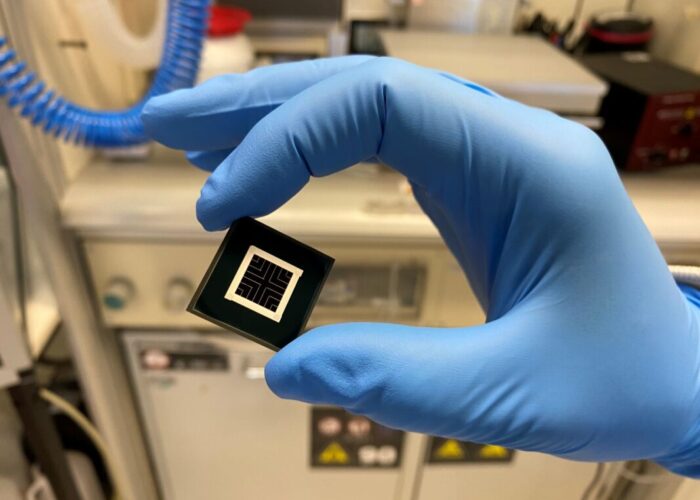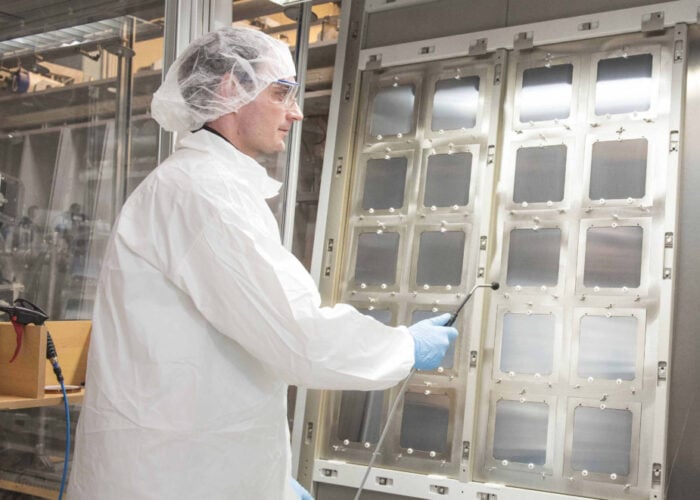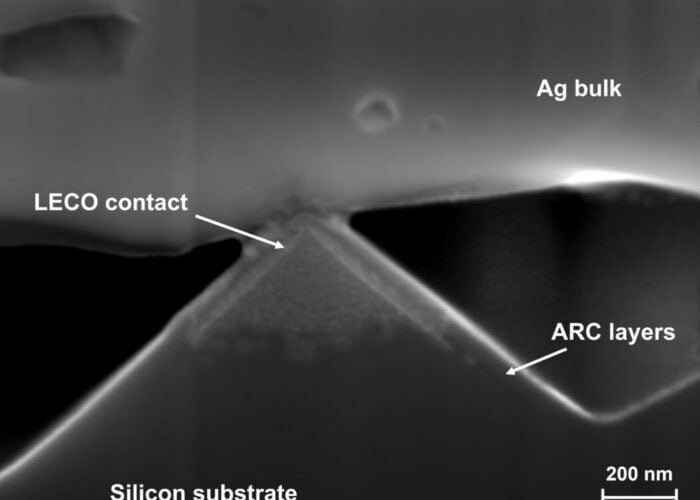
A research team from the National University of Singapore has unveiled perovskite solar cells with a power conversion efficiency of 24.35%.
The team said the achievement was made by incorporating a novel interface material into perovskite solar cells, which caused optical, electrical, and chemical properties of the perovskite solar cells to work synergistically to enhance both efficiency and longevity.
Unlock unlimited access for 12 whole months of distinctive global analysis
Photovoltaics International is now included.
- Regular insight and analysis of the industry’s biggest developments
- In-depth interviews with the industry’s leading figures
- Unlimited digital access to the PV Tech Power journal catalogue
- Unlimited digital access to the Photovoltaics International journal catalogue
- Access to more than 1,000 technical papers
- Discounts on Solar Media’s portfolio of events, in-person and virtual
Or continue reading this article for free
It added that the findings set the stage for the accelerated commercialisation and integration of solar cells into various energy systems.
“Building on more than 14 years of perovskite solar cell development, this work represents the first instance of an inverted-structure perovskite solar cell exceeding the normal structured perovskite solar cells with an active area of one square centimetre, and this is mainly attributed to the innovative charge transporting material incorporated in our perovskite solar cells,” said Yi Hou, leader of the NUS research team.
Looking forward, the research team is looking to improve the stability of perovskite solar cells.
“We are developing a customised accelerating ageing methodology to bring this technology from the lab to the fab. One of our next goals is to deliver perovskite solar cells with 25 years of operational stability,” said Hou.
Additionally, the research team is also working on scaling up the solar cells to modules by expanding the dimensions of the perovskite solar cells and demonstrating their viability and effectiveness on a larger scale.
Previously, the National University of Singapore (NUS) and REC Solar, the solar power arm of the Singaporean Renewable Energy Corporation, have launched a S$77 million (US$57.4 million) solar cell research initiative.
The initiative will develop and commercialise what the university called “disruptive” PV technologies, based on perovskite-silicon tandem solar cells in particular.





